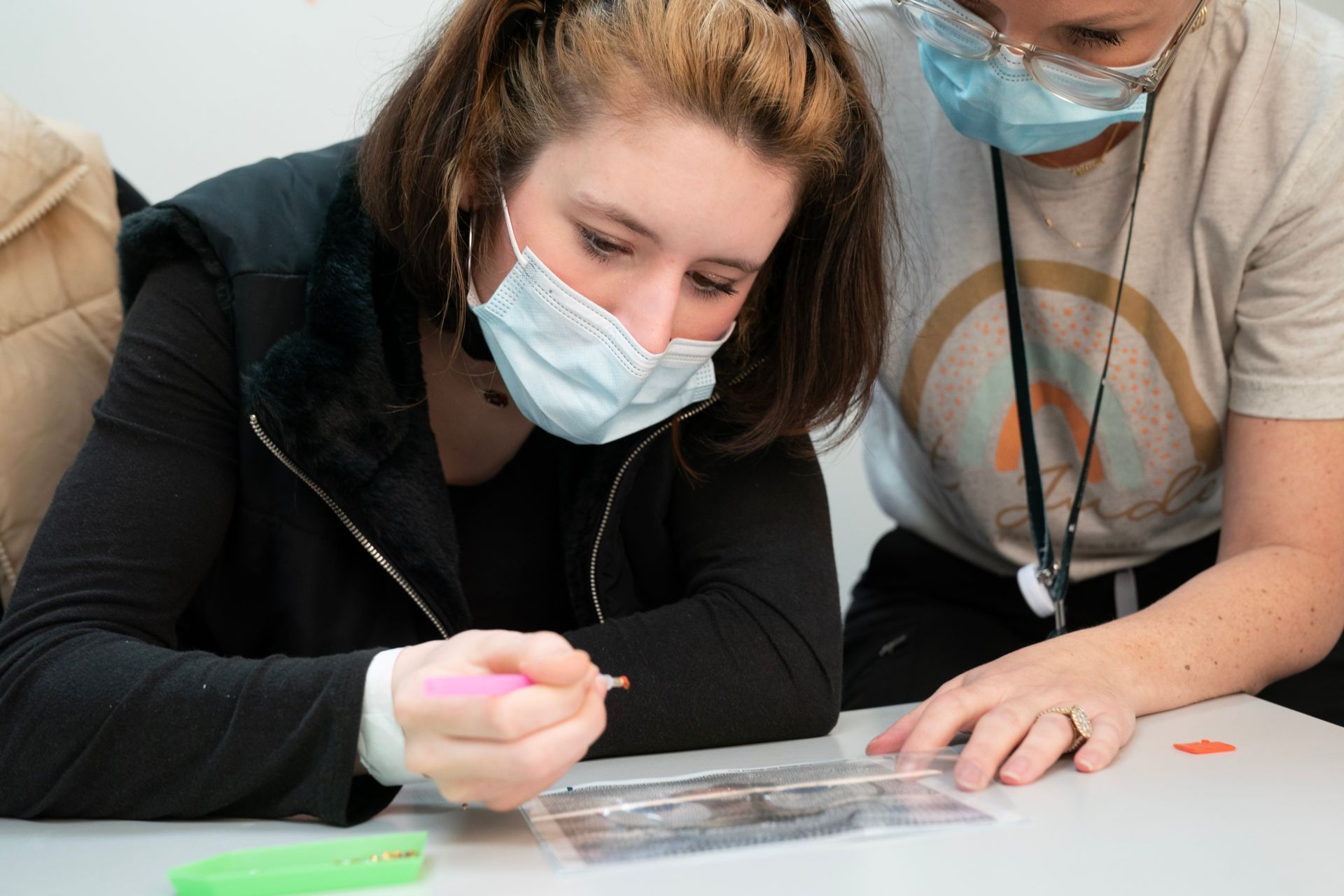St. Jude Family of Websites
Explore our cutting edge research, world-class patient care, career opportunities and more.
St. Jude Children's Research Hospital Home

- Fundraising
Friedreich’s Ataxia
Friedreich’s ataxia (FA) is a rare, inherited neurodegenerative disease. It affects the nerves, spinal cord, and cerebellum (a part of the brain). It causes a slow, steady loss of muscle coordination and balance, called ataxia. It also affects speech and causes weakness and a loss of sensation. Over time, it can affect heart function.
FA occurs in about 1 in 50,000 people. It affects both males and females.
Friedreich’s ataxia causes
FA is inherited. That means it is passed from parents to children. It is caused by changes in a gene called FXN. This gene creates a protein called frataxin. Frataxin helps cells to produce energy. When a person has FA, their body produces less frataxin. Doctors can find this gene change with a genetic test.
To learn more about FA and current treatments, visit organizations dedicated to FA and rare diseases.
Friedreich’s ataxia care at St. Jude
St. Jude Children’s Research Hospital is working to deepen the understanding of rare, catastrophic genetic neurological disorders in children. Our aim is to transform the treatment landscape for these disorders. The Center for Experimental Neurotherapeutics (CENT) was established at St. Jude as part of the Pediatric Translational Neuroscience Initiative (PTNI) to focus on these neurological disorders.
Select children with FA who are accepted at St. Jude take part in clinical research or clinical trials. The aim of these studies is to help scientists learn more about the disorders and to develop potential treatments.

"I love coming to St. Jude. It's so awesome. I love that it's made for kids. It's not really made to feel like a hospital. Kids get to be kids and not feel like they're sick."
Friedreich’s ataxia clinical research
St. Jude offers clinical trials and cancer research studies for children, teens, and young adults for Friedreich’s ataxia. Learn more about clinical research at St. Jude.
Study goal:
To collect data about how Friedreich’s ataxia progresses over time and affects the daily life of patients.
Age:
Any
Study goal:
To better understand why neurological diseases start in childhood and how they develop over time
Age:
Any age
Study goal:
To study the use of omaveloxolone for Friedreich’s ataxia symptoms in children and young teens
Age:
2–15 years

Seeking treatment at St. Jude
Patients accepted to St. Jude must have a disease we treat and must be referred by a physician or other qualified medical professional. We accept most patients based on their ability to enroll in an open clinical trial.
Call: 1-888-226-4343 (toll-free) or 901-595-4055 (local) | Fax: 901-595-4011 | Email: referralinfo@stjude.org | 24-hour pager: 1-800-349-4334